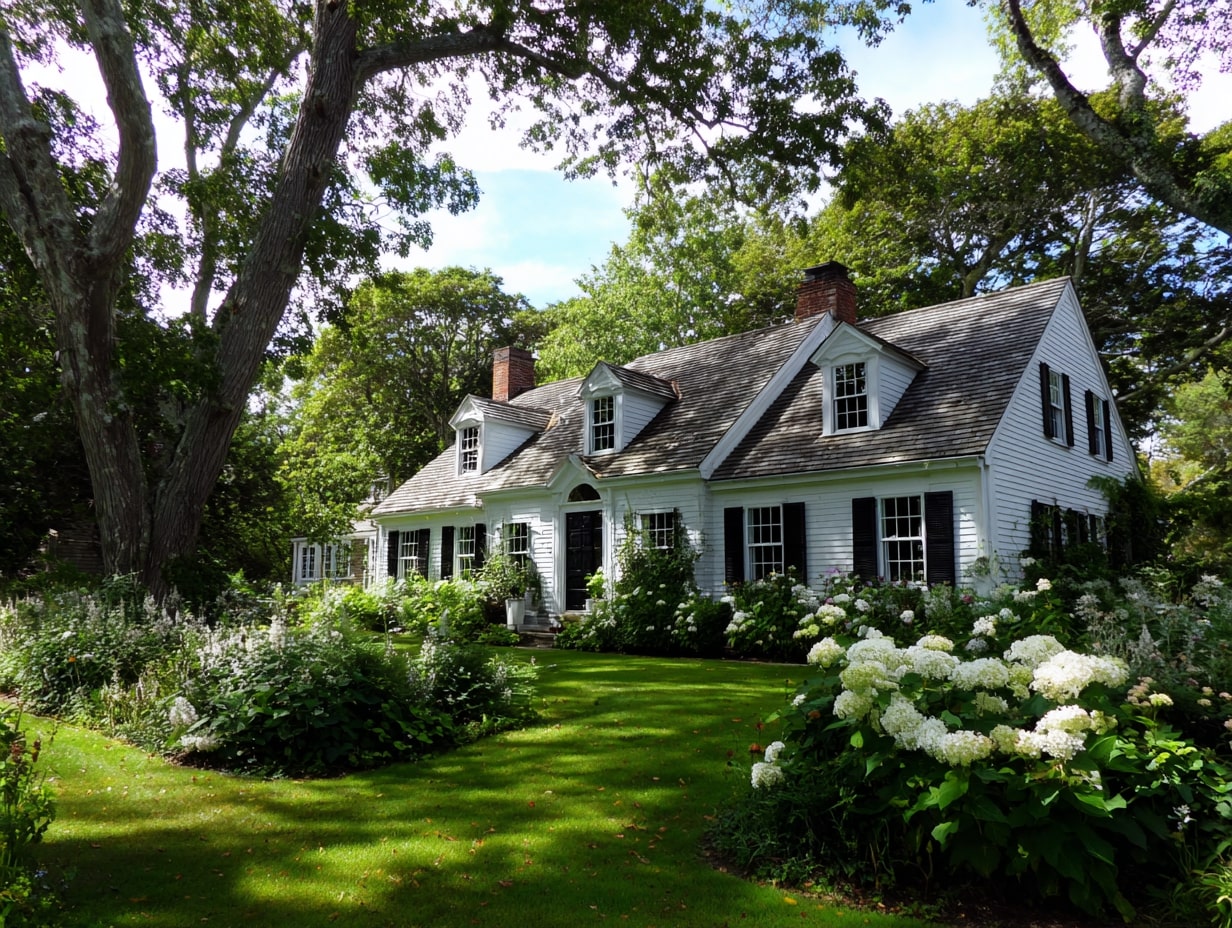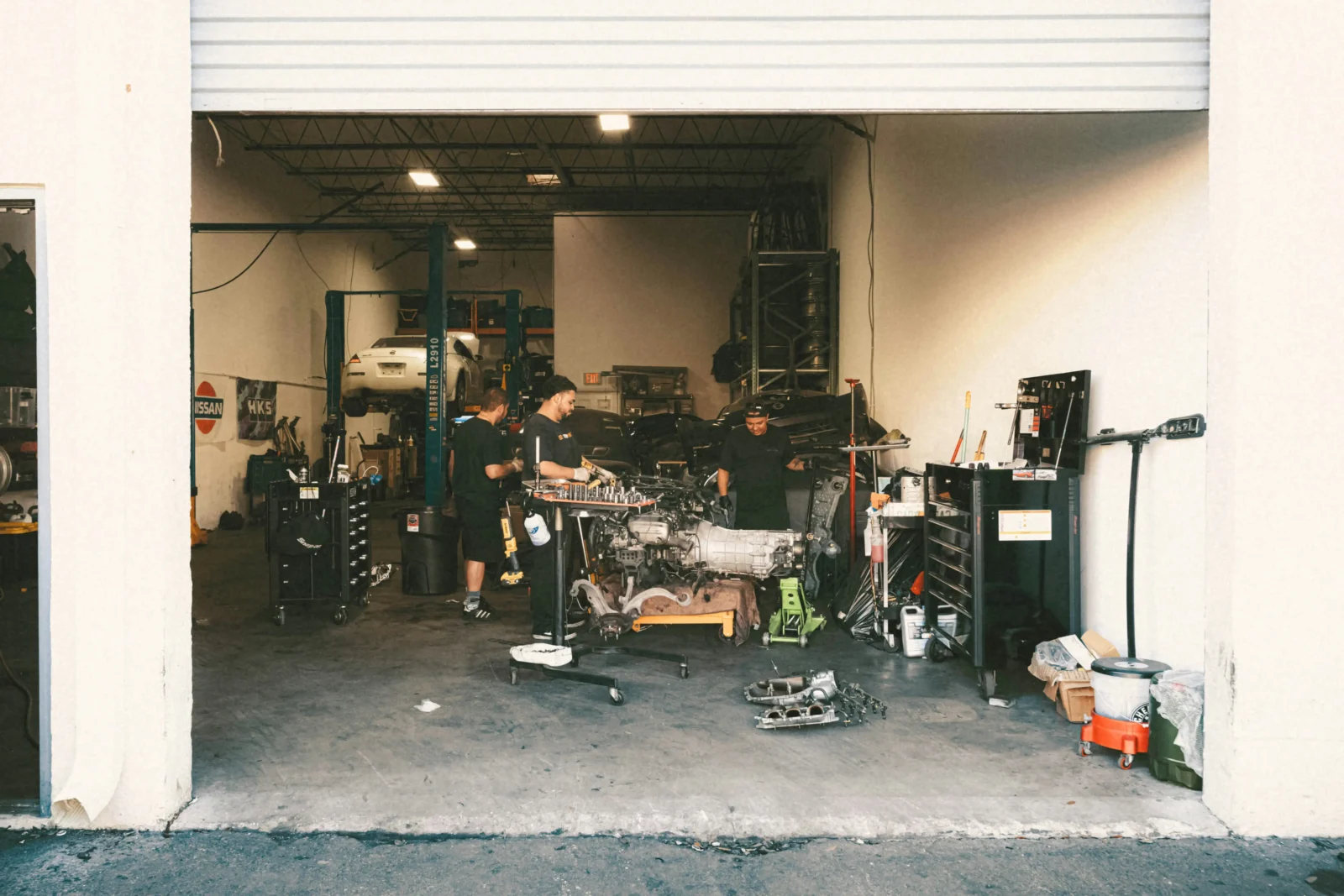- Home
- Articles
- Architectural Portfolio
- Architectral Presentation
- Inspirational Stories
- Architecture News
- Visualization
- BIM Industry
- Facade Design
- Parametric Design
- Career
- Landscape Architecture
- Construction
- Artificial Intelligence
- Sketching
- Design Softwares
- Diagrams
- Writing
- Architectural Tips
- Sustainability
- Courses
- Concept
- Technology
- History & Heritage
- Future of Architecture
- Guides & How-To
- Art & Culture
- Projects
- Interior Design
- Competitions
- Jobs
- Store
- Tools
- More
- Home
- Articles
- Architectural Portfolio
- Architectral Presentation
- Inspirational Stories
- Architecture News
- Visualization
- BIM Industry
- Facade Design
- Parametric Design
- Career
- Landscape Architecture
- Construction
- Artificial Intelligence
- Sketching
- Design Softwares
- Diagrams
- Writing
- Architectural Tips
- Sustainability
- Courses
- Concept
- Technology
- History & Heritage
- Future of Architecture
- Guides & How-To
- Art & Culture
- Projects
- Interior Design
- Competitions
- Jobs
- Store
- Tools
- More
From Concept to Comfort: Merging Modern Architecture with Stylish Home Furnishings

Have you ever stepped into one of those slick modern houses and thought it looked amazing, only to find you couldn’t imagine yourself having a nice cup of tea there? That’s the problem with many modern homes these days. They’re striking with their sharp angles and trendy grey-and-white colour schemes, but they make you feel like you’re browsing a showroom with modern furniture rather than in someone’s actual living room.
The dilemma of the matter is the pull and push between architecture and livability. Elements such as concrete walls and open-plan designs are aesthetically appealing. Still, they may be stark or overwhelming unless carefully furnished. A contemporary house must have furniture that supports its design – adding softness, size and comfort to those dramatic moves. It’s not about decorating around the architecture but working with it to create something cohesive and inviting.
Table of Contents
ToggleWhy Modern Homes Require New Thinking
New rules govern modern architecture. Those big floor-to-ceiling windows flood rooms with daylight and really shape how you choose colours, materials, and arrange your furniture. These spaces shift throughout the day, so you need pieces that work with the changing light rather than fighting against it.
Open-plan living brings scale and space definition issues. Lacking walls to pin zones to, furniture has to bear more visual weight, define work, leisure, and dining spaces, and keep the flow. Scale is more important than ever, and smaller furniture can easily appear lost in these vast spaces.
Then there are the raw materials, concrete, glass, and steel. These features give contemporary houses their trademark sharpness, producing hard surfaces, reverberating sound, and a colder visual temperature. The antidote isn’t clutter or contrast for the sake of it—it’s the careful layering of designer furniture and choosing what harmonizes with the surroundings. Consider wood that heats steel, velvet cushions soften concrete and objects with scale to match the architecture without dominating it.
 Getting Proportions Right
Getting Proportions Right
The Scale Problem
Big spaces call for big thinking—not necessarily big furniture. A standard three-seater sofa might look lost under those high ceilings. The trick is knowing when to go for one strong statement piece and when to use height smartly.
A floor-to-ceiling bookshelf can add vertical presence. Strategic lighting can create clean sightlines and help the room feel more balanced. It’s about working with scale, not against it.
How Light Transforms Everything
Light and Materials
The use of natural light is one of the characteristics of modern architecture; light changes with the time of the day. Furniture must be able to react to these changes rather than oppose them. A velvet armchair may be dull in the morning sunshine but rich in the evening.
Material selection is a necessity. Wood warms a room, metal adds striking accents, and glass collects the form and light. Each surface adds to the natural elements and responds to light to produce the atmosphere.
To have depth, you could use overlapping textures: carpets are soft and have glossy details that could vary during the day. The result is a living space: this is not a definite space but a space in constantly changing mood and tone.
Making It Work Every Day
Real-World Solutions
Today’s homes typically use muted colour schemes—think whites, greys, and blacks—that perform beautifully as neutral foundations rather than boxing you in. Colour is employed cleverly: soothing shades help you relax, strong accents distinguish different regions, and coordinating tones harmonise rooms. The functionality plays a significant role as well. Smart storage will have clean lines without sacrificing efficiency. Controlling clutter will be possible through the sideboards, modular shelves, and ottomans, which have hidden storage compartments, which will not break the design.

Conclusion
Modern architecture and furniture working together isn’t some complex formula you need to crack. It’s more about recognising how different bits and pieces can enhance each other rather than compete.
Your house provides the framework. But everything you put inside that framework is your call entirely. The homes that really succeed manage to be both stylish and genuinely comfortable. They’re the sort of places that photograph beautifully but are even better to actually spend time in. When you nail this balance, you end up with a space that’s as much about how you live as it is about how it looks – and that’s when you know you’ve got modern living sorted.
illustrarch is your daily dose of architecture. Leading community designed for all lovers of illustration and #drawing.
Submit your architectural projects
Follow these steps for submission your project. Submission FormLatest Posts
Useful Tips for Planning A Backyard Layout That Feels Spacious
Creating a backyard that feels spacious can transform your outdoor experience, making...
American Architecture Styles That Shaped a Nation
Explore American architecture styles from Colonial to modern—key features, icons, and timelines...
How Environmental Planning Shapes Modern Architecture in Houston
Houston does not design buildings in a vacuum. Every structure rises inside...
Smart Steps for Repairing Your Garage
Keeping your garage safe and reliable is mostly about steady habits and...


 Getting Proportions Right
Getting Proportions Right









Leave a comment